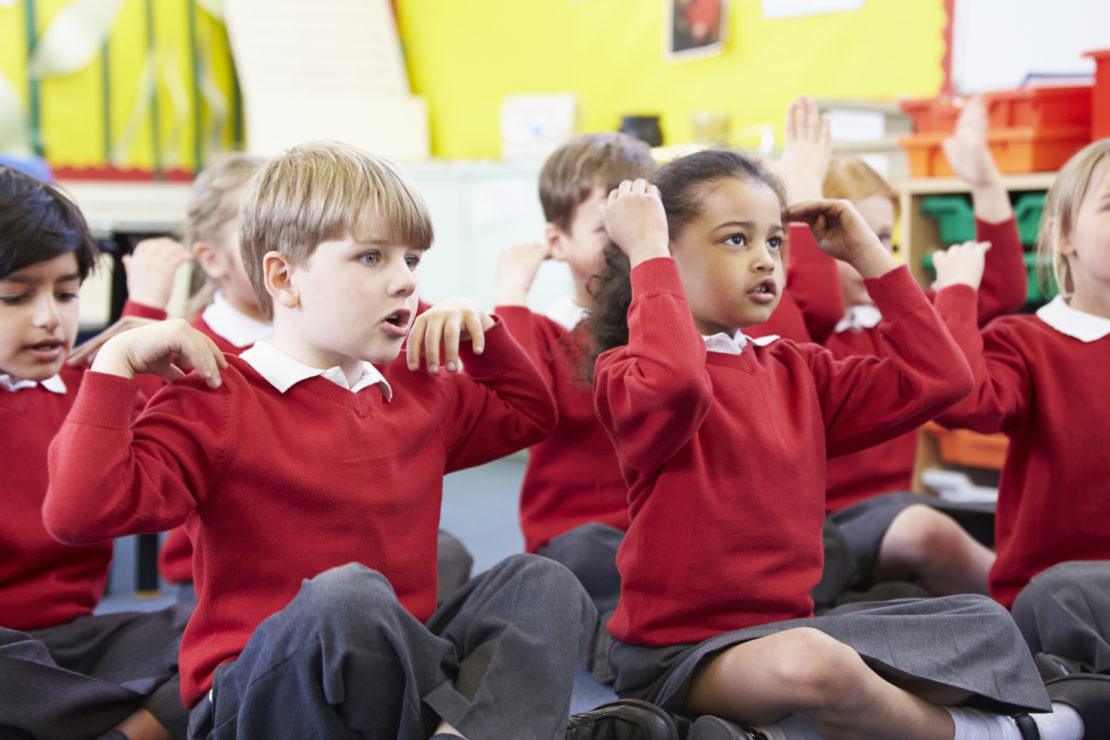
Head, Shoulders, Knees and Toes, Knees and Toes
Head, Shoulders, Knees and Toes, Knees and Toes
Eyes and Ears and Mouth and Nose
Head, Shoulders, Knees and Toes, Knees and Toes
This has been the song that has been the lullaby of choice for my toddler for the last three months. The only song tied for favorite is currently Wheels on the Bus.
At 24 months (about 2 years) old, developmentally, a child should be able to say 50 words appropriately. Among those words are often a few body parts: nose, hand, toes, etc. Children are taught to name their body parts in games and rhymes from infancy – but why does that practice stop when we get to certain parts of the body?
Why are the words penis, vulva, vagina, testicles, and anus shrouded in shame and secrecy? Private parts are private; we do not acknowledge that they exist in public, and we do not talk about them. For generations it has been considered inappropriate to say the anatomical names of body parts – and instead, adults have chosen to provide children with more palatable names: peepee, weewee, wiener, coochie, flower, cookie – yes, cookie, and so many more.
So, what is the problem?
Consider “cookie” for a moment: Samantha is presenting herself as more quiet than normal in school today and distancing herself from her friends and peers. As a teacher, you may notice that this behavior is unlike her, so you find a quiet space to pull her aside and check in. After a few moments, Samantha hesitantly tells you that she is upset and scared. Samantha tells you that she is afraid because last night while her uncle was babysitting her, he licked her cookie.
As a teacher, we think that a cookie is just that – a baked treat. So, Samantha’s disclosure is nothing more than an overreaction of a playful uncle upsetting a child by stealing her snack. A report would never be made, and in Samantha’s perspective, she did what she was supposed to do and told a safe adult that she was unsafe, and nothing happened to help her. This misunderstanding can lead to a lot of negative outcomes for Samantha — the best way to avoid these misunderstandings when a child is reaching out for help is the correct use of anatomical language. In this scenario, we are putting all of the work of protecting Samantha on Samantha without giving her the tools she needs. It’s not any different than putting someone at the base of a mountain in their pajamas and telling them to climb.
How do we teach kids anatomic language?
Teaching kids the words for reproductive body parts does not have to be any different than teaching kids words for any other body part. Using teachable moments to reinforce language is how kids learn, and repeating words and normalizing body words are how they become normalized and not shameful.
For example, when changing a toddler’s diaper or helping them in the bathroom, you can let them know that you are wiping their vulva or penis to help them stay healthy and clean. This is a developmentally appropriate way to incorporate the body language without any shame while also including abuse prevention messaging.
Further so, if a child does use anatomical language for body parts in a setting that has historically been considered inappropriate, it is important to fully support that language and avoid any action that would instill shame or negativity. For example, if I am in the grocery store with my children and while putting my toddler in the cart, I bump the metal cart frame against her, she may tell me that it hurt her vulva. As a child, I may have been hushed in societal shame or corrected with a more palatable term – but in an environment where we as adults take on the burden of sexual abuse prevention, we can transcend the shame of our earlier generations and validate the child in front of us. In this scenario, I will tell her, “thank you for telling me that that hurt, I will be more careful when I put you in the cart next time.”
When we use the moments and questions that our children give us, we can incorporate anatomical body language naturally into everyday life instead of an overwhelming and nerve-wracking “talk”.
Shifting the Responsibility
I believe as parents, most adults can agree that it is an adult’s responsibility to keep a child safe – but when we do not provide children with appropriate tools, we are putting a lot of the responsibility back onto them. First Witness provides body safety curriculum to several local area schools to provide children with some tools to keep themselves safe if a dangerous situation ever arises. Our Safe and Strong Curriculum is not created or intended to illicit a disclosure of abuse; however, this is the first time a lot of students are given the language and autonomy over their bodies. Because of this, it is not uncommon for a child to feel safe enough to disclose to us after a session. Safety conversations should happen often and start at home: fire emergency plans, weather emergency plans, as well as what to do about unsafe touches. All of these conversations are important and are much more valuable when using anatomical language so that they learn how to keep their entire body safe.
When we give children the proper tools to navigate the world, we do our part as adults to keep them safe – even when we aren’t there.
